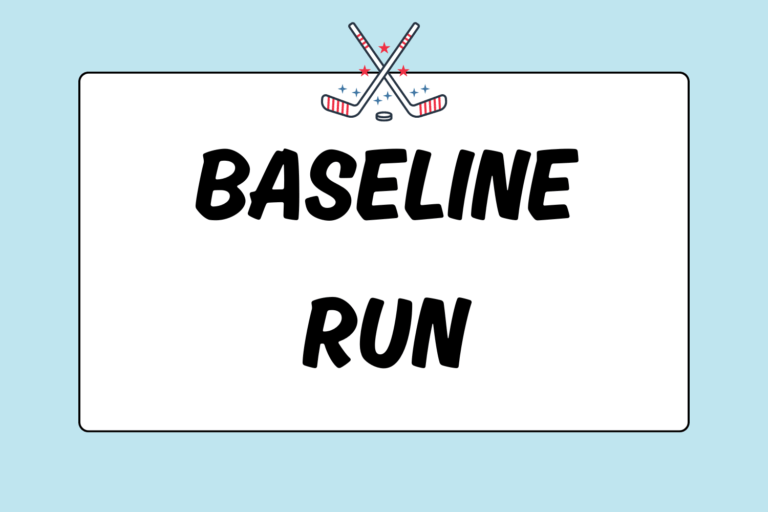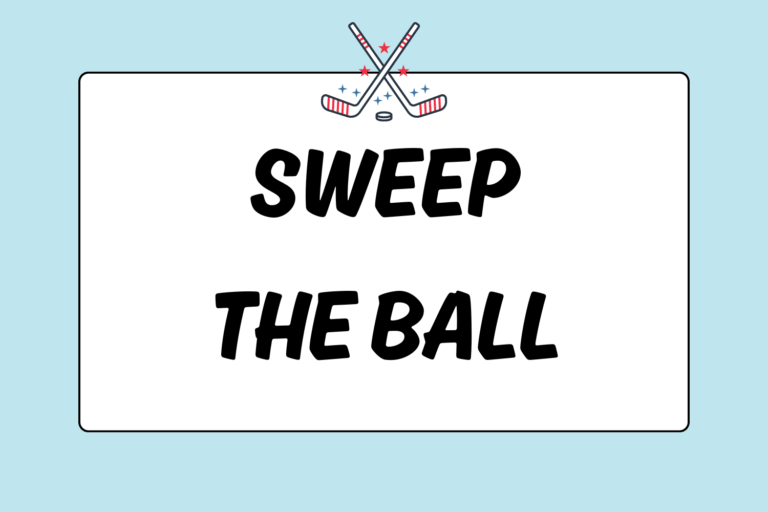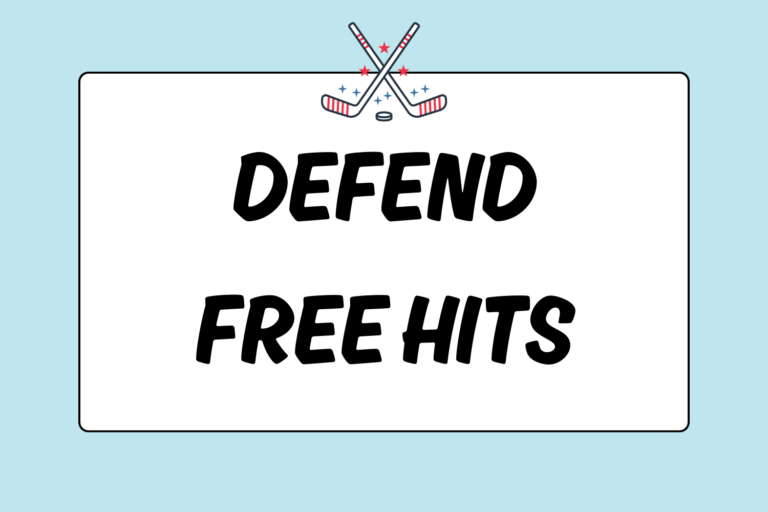In 2010, the ruling on free hits taken inside of the 25-yard zone changed. Prior to 2010, any player taking the free hit was able to hit the ball directly into the circle as a shot on goal. So long as another player touched the ball inside of the circle, a goal would count.
However, the rule changed to disallow any player from hitting the ball directly into the circle off a free hit inside the 25-yard zone. Because of this rule change, strategies changed. This guide will cover the rules associated with this specific free hit and strategies for making plays.
Interpretation of the Rule
Per official field hockey rules, the ball must travel at least five yards or be touched by another player before entering the shooting circle on a free hit taken inside of the 25-yard zone. A free hit includes penalty hits, sideline hits, and long corners. Players on both teams must start at least five yards away from the player with the ball before she takes the free hit.
The complicated part to this rule is that it has various interpretations, which are listed below:
- The ball has to travel at least five yards:
- If the player taking the free hit self-passes the ball, she can dribble the ball as much as she wants, but the ball must travel five yards before entering the shooting circle. So, the player taking the free hit can dribble the ball into the circle as long as the ball travels a total of five yards (in any direction) first.
- The ball must be touched by another player before entering the circle:
- A player from either team must deflect, hit, or push the ball (after the player takes the free hit) before it can cross into the circle. If the player taking the hit pushes the ball to a teammate, the teammate can take a shot on goal as long as she touches the ball before it enters the circle.
- After the second player touches the ball, it can be moved into the circle by any other player (including the player who took the free hit).
- The ball is allowed to be played high in the air (off an aerial pass) as long as it:
- Does not land inside the circle
- Is not considered dangerous play by the referee
- Cannot legally be played by anyone inside the circle while in the air
Strategies
Free hits inside the 25-yard zone are scoring opportunities the offensive team should capitalize on. However, the play will likely need to be improvised because the offensive team might know how exactly how the defense will set up. It is possible, though, to create loosely set plays for this type of free hit — ones that have structure, but are adaptable. Listed below are a few strategies that can be adapted to any situation:
- The player taking the free hit dribbles five yards into the circle before taking a shot on goal.
- The player taking the free hit pulls the ball back 2.5 yards to create space and then dribbles forward 2.5 yards before taking a shot.
- The player taking the free hit passes the ball flat (angled slightly) to a teammate waiting five yards from the ball to take a shot on goal.
- The player taking the free hit passes the ball to a teammate, who waits to give a quick pass back to the first hitter to take a shot on goal.
- The player taking the free hit changes the point of attack. The player taking the free hit passes the ball back to a teammate. The second player crosses the ball flat to a teammate on the opposite side of the shooting circle. The third player then traps the ball and takes a shot on goal from the opposite side of the circle.
The players who are not directly involved in the play should be moving around to create confusion for the defenders within the attacking zone; this can be done by stepping in front of the defenders. They should always be ready for possible deflections and be constantly creating space for the shooters to hit through. Please see our guide, Shooting Tactics for Field Hockey, for more strategies on creating opportunities in the offensive zone.
Get the Shot Off
The more shots you take, the more goals you will score. So, it is important to create scoring opportunities inside the zone. By making quick passes, you cause the goalie and defense to have to constantly reposition themselves to the new shooting angles. Then as soon as you see a clear shot on goal, take it.
Players tend to wait for the perfect shot, but simply moving the ball around the circle will give your team rebounds and additional scoring opportunities. Work on your strategies for getting the ball to the goal and the goals will come!





